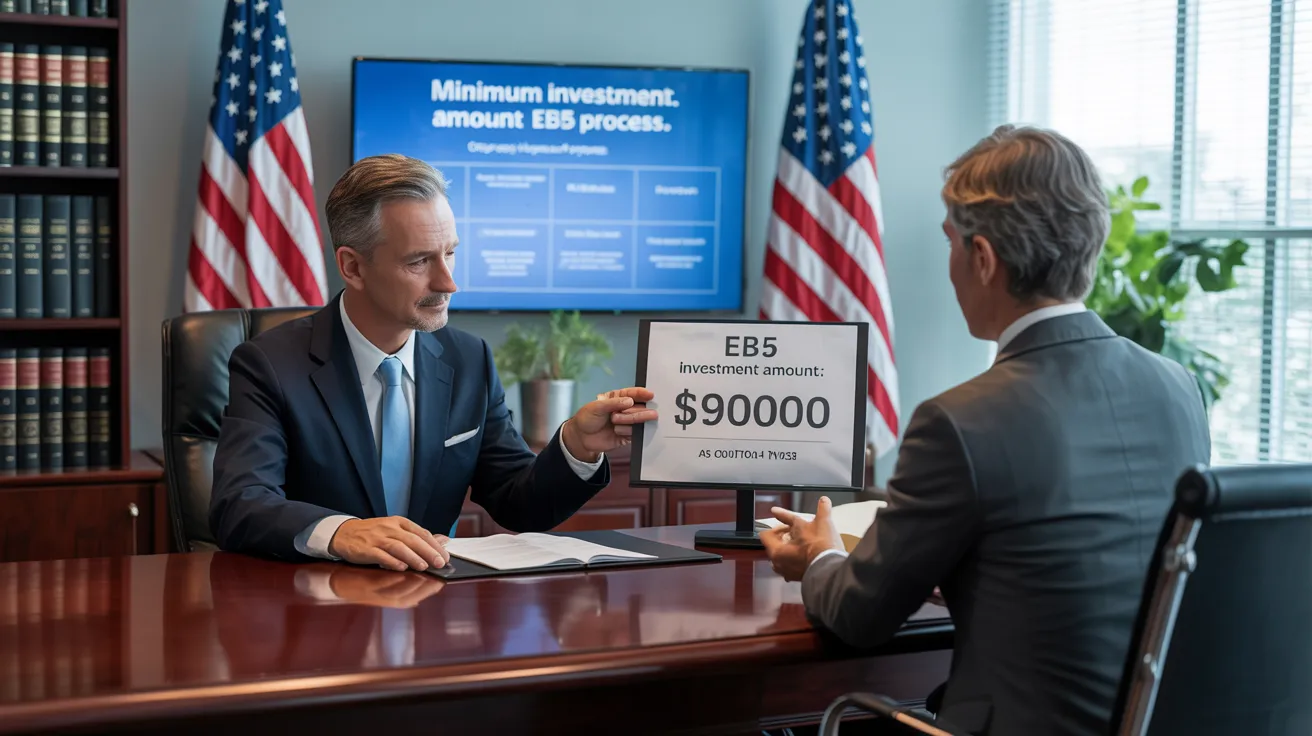L1 Visa Process
The 2-Minute Rule for L1 Visa
Table of ContentsThe L1 Visa DiariesLittle Known Questions About L1 Visa.L1 Visa Fundamentals ExplainedHow L1 Visa can Save You Time, Stress, and Money.How L1 Visa can Save You Time, Stress, and Money.
L-1 visas are offered to workers of a worldwide company with workplaces in both the USA and abroad. L1 Visa. The visa enables such international workers to relocate to the firm's United States office after having worked abroad for the company for at the very least one constant year within the previous 3 before admission in the USOne L-1 visa can permit several workers entrance into the United States.
Since 2000, Indian nationals are the largest receivers of L-1 visas. The number of L-1 visas provided to Indian nationals jumped from 4.5 percent in 1997 to 43.8 percent in 2006. In 2019, Indian nationals got 18,354 L-1 visas, making up 23.8% of all L-1 visas issued in 2019. According to USCIS data, the biggest companies to get L-1 visas in 2019 were Tata Working as a consultant with 1,542 authorized L-1 visa petitions, Infosys with 517, Amazon with 455, Observant with 382, and Deloitte with 305.
Congress produced the L-1 visa in 1970. It was presented as a "noncontroversial modification" for international American firms. The original visa required that the work tenure match directly before looking for the firm transfer. Congress originally did not define "specialized expertise". In 1980, the State Division released 26,535 L-1 visas.
L1 Visa for Beginners
Significant Indian outsourcing firms such as Tata, Infosys, and Wipro significantly used the L-1 copyright personnel American international corporations. Fifty percent of Tata's workers offered the United States began L-1 visas. The North American Open Market Agreement had stipulations regarding intracompany transfers between the U.S., Canada, and Mexico.
By 2000, Immigration and National Service recorded 294,658 visa entries. In 2002, Congress allowed L-1 visa spouses, that are on an L-2 visa, the authorization to work freely within the USA. In 2003, the Senate Judiciary Committee held a hearing on the L-1 visa. In 2004, the variety of L-1B visas went beyond the variety of L-1A visas.

Candidates that are in the United States at the time of the declaring of the I-129 can ask for a modification of standing from their existing nonimmigrant standing (i.e. site visitor, pupil, etc), so long as they remain in status at the time of the filing of the I-129. If they head out of status after the filing, yet before approval, there is no negative effect, and the individual does not accrue illegal presence.
Youngsters of the key L-1 can participate in institution. The spouse of the main L-1 has an automatic right to operate in L1 Visa requirements the United States. Kids can decline paid work. The partner can, yet need not, apply with the USCIS for work permission after showing up in the USA and, after issuance of the Work Permission Record (EAD, Form I-765), might afterwards work for any kind of company.
An Unbiased View of L1 Visa
An I-797 Notification of Action revealing the authorization of the copyright does not guarantee that a visa will certainly be released at the U.S.

All About L1 Visa
For an click here L-1 visa candidate, "dual Intent" is permitted: unlike some courses of non-immigrant visas (e.g., J-1 visas (L1 Visa)), L-1 candidates may not be denied a visa on the find out more basis that they are an intending immigrant to the USA, or that they do not have a home abroad which they do not mean to abandon
Revival in the United States applies to status only, not the actual visa in the copyright. copyright revival, the candidate should go to an U.S
An alien can not leave the United States and after that reenter without a valid L-1 visa, and must appear directly prior to a consular policeman copyright issuance.
The smart Trick of L1 Visa That Nobody is Discussing
An individual in L-1 standing generally may work just for the seeking business. If the L-1 worker goes into based upon an L-1 covering, however, it normally is feasible for the worker to be relocated in the same capacity to any kind of various other related business provided on the blanket. The L-1 visa program has actually been criticized for many reasons.
In one instance, The U.S. Department of Labor fined Electronic devices for Imaging $3,500 for paying its L-1 visa workers $1.21 an hour and functioning some of them approximately 122 hours a week. Some industry agents have implicated business of using the L-1 program to replace U.S. employees. Critics and federal government officials have explained just how the visa program does not specify "specialized understanding" for international workers in the L-1B visa group.